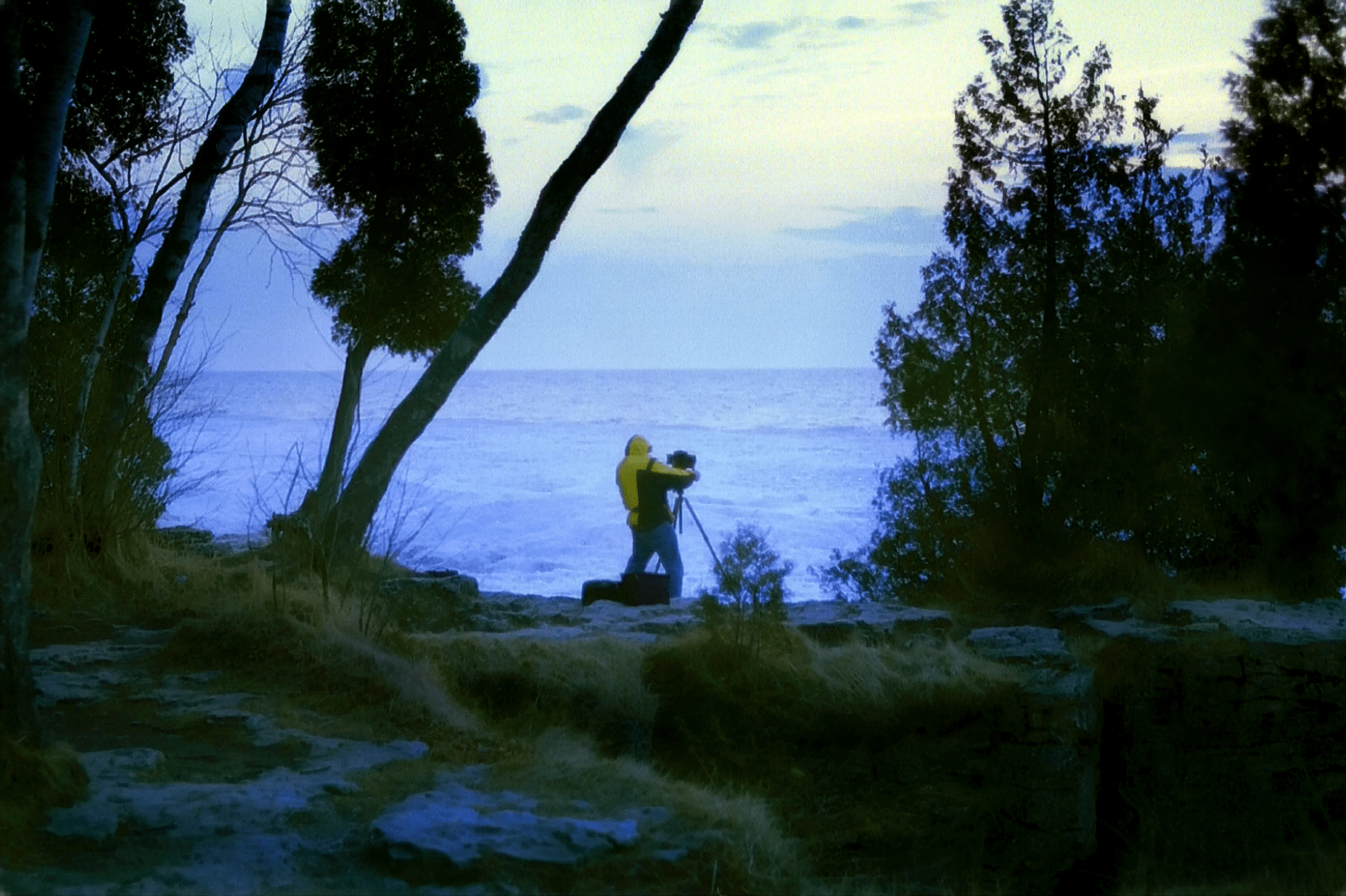
Often characterized as “midcareer” awards, Guggenheim Fellowships are intended for men and women who have already demonstrated exceptional capacity for productive scholarship or exceptional creative ability in the arts. Fellows are writers, scholars, or scientists who have a significant record of publication, or artists, playwrights, filmmakers, photographers, or composers who have a significant record of exhibition or performance of their work. Fellows receive grant funds for 6-12 months and may use them in any manner they deem necessary to their work. Fellowships are awarded through two annual competitions: one open to citizens and permanent residents of the United States and Canada, and the other open to citizens and permanent residents of Latin America and the Caribbean.
Carl Corey is an accomplished photographer and current Guggenheim Fellow. He gave us some insights into the fellowship experience as well as some application tips!
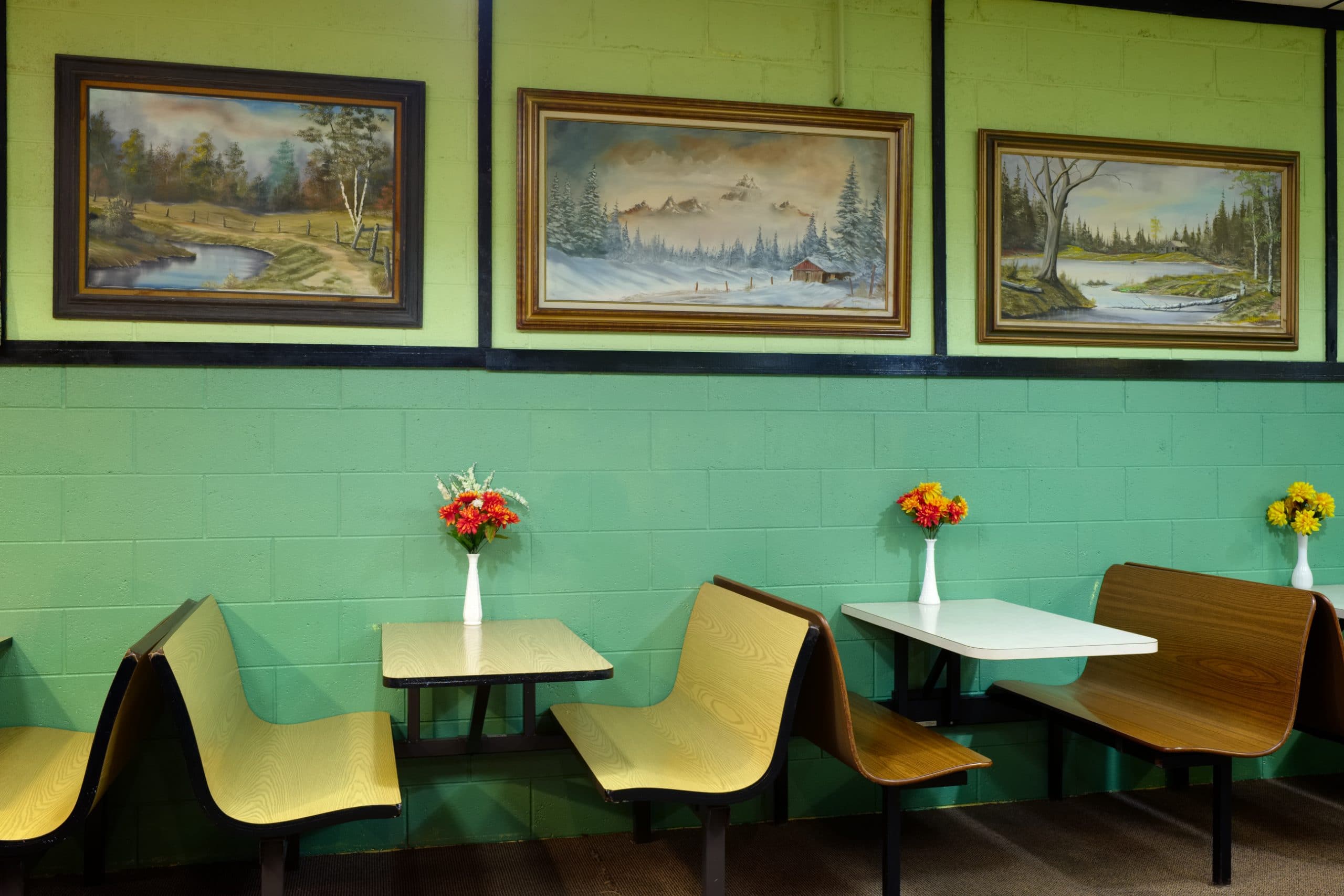
1. What inspired you to apply for the Guggenheim Fellowship?
At the age of 64, I had never applied for a fellowship. I thought the Guggenheim would be one worth applying for because of the level of support it provides both financially and the recognition it gives to your work. Being a self-funded photographer working on documentary work within the realm of cultural topography, I thought it was time to apply for a grant. For photographers, the Guggenheim Fellowship is “the” fellowship. I learned long ago to work hard, prepare well, and aim high.
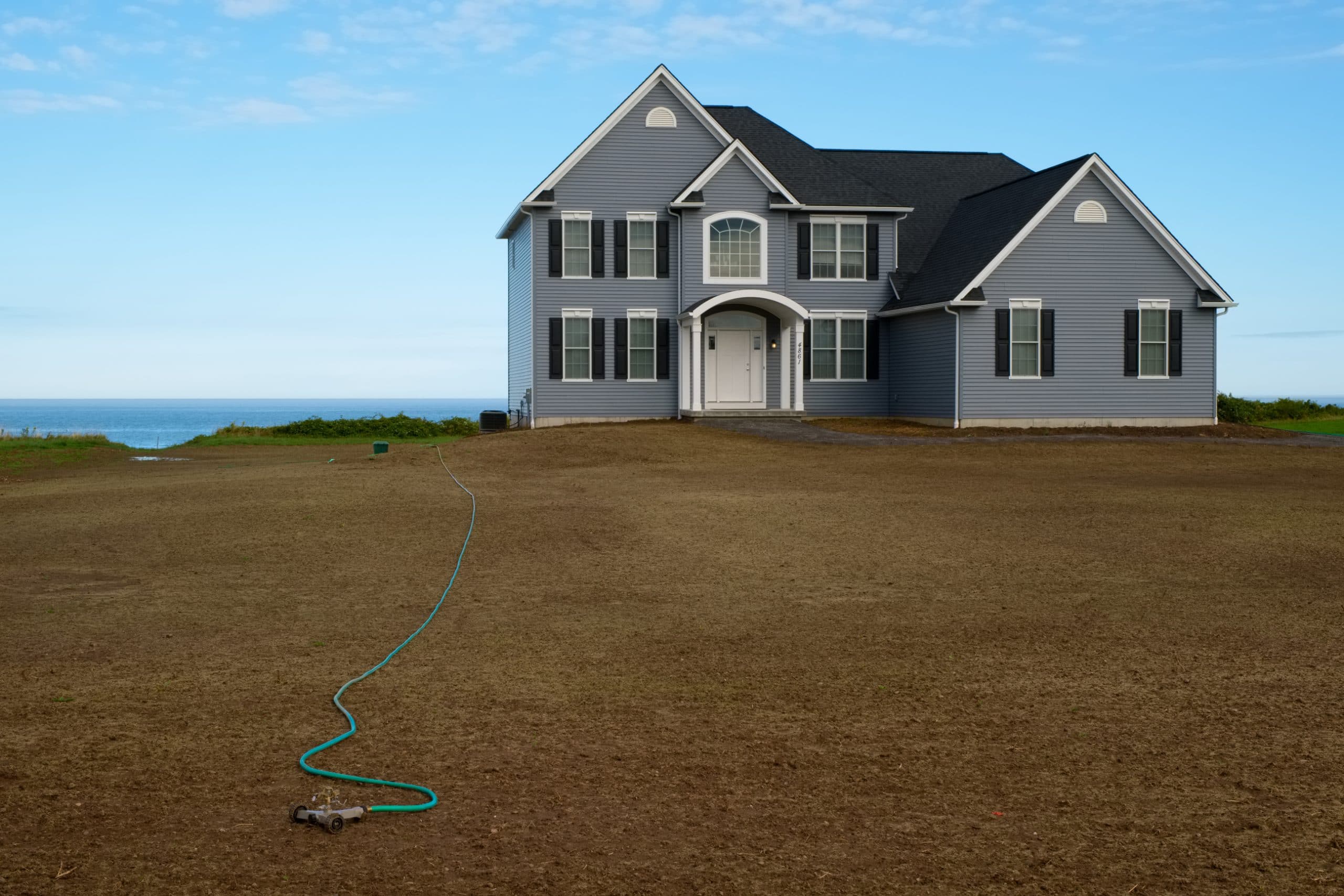
2. What have you enjoyed most about your fellowship so far?
The acknowledgment and, of course, the financial benefit created a comfort zone to complete a three-year project about the American Great Lakes Communities, which I am calling “the Strand.” The support of the Foundation is exceptional and the credibility that the fellowship lends to the recipients is very beneficial. People will respect your commitment and dedication that getting a Guggenheim exemplifies and this helps you to create credible lasting relationships. The Fellowship also made me reflect upon what I am doing and how I can do better. The networking with fellow recipients is something I look forward to after I complete the editing of the project. I am also giving back a bit by partially funding a Photography Summit in the upper MidWest the Big River Photography Summit scheduled for May 2020.
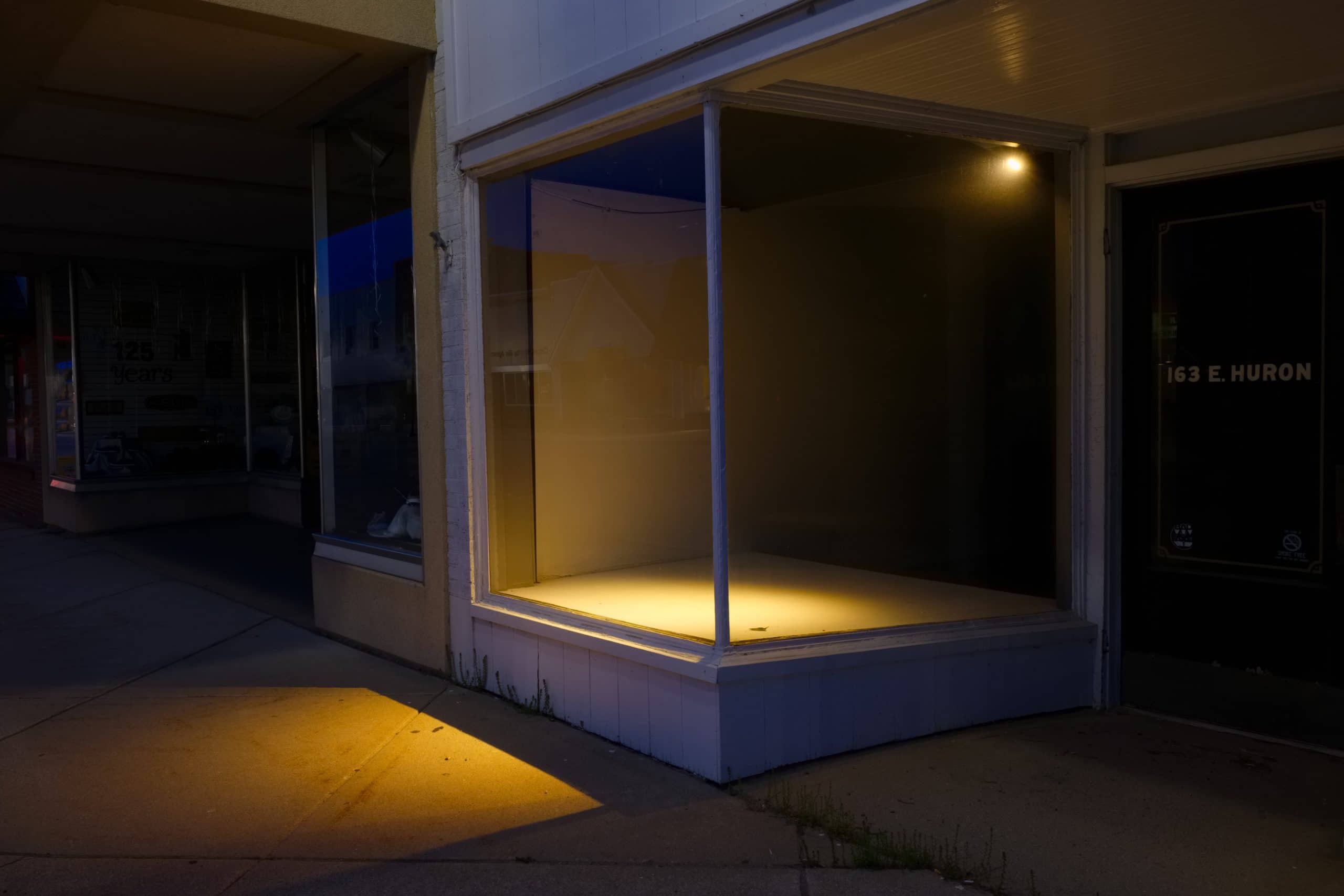
3. What tips would you give others applying to the Guggenheim Fellowship?
READ THE DIRECTIONS FOR APPLICATION then FOLLOW THE DIRECTIONS. I am always amazed at how many people never bother to read directions. Not doing so and making obvious mistakes will negate your application and shine a poor light upon your character regarding your respect for the process and your commitment. I found the fellowship directions very concise and easy to follow, and I followed them carefully. Don’t pester anyone about your status, be polite, humble, and confident. In the arts world, above all, you must have the work to back up the application and also credible letters of recommendation. Don’t apply until you have all the above.
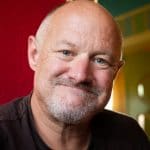
Corey’s photographs have been the subject of three monographs including The Tavern League: A Portrait of the Wisconsin Tavern (The Wisconsin Historical Society Press, 2011), and Rancher (Bunker Hill / GalleryPrint, 2007) and For Love and Money: A Portrait of the Family Business (WHS Press, 2014). He is a featured photographer in Contemporary Photography in New York City, edited by Marla Hamburg Kennedy (Rizzoli, 2011).
© Victoria Johnson 2019, all rights reserved